Numpy Array Multiply Along Axis
C m AB m This can also be achieved more succintly with. Assume I have a vector v of length x and an n-dimensional array a where.
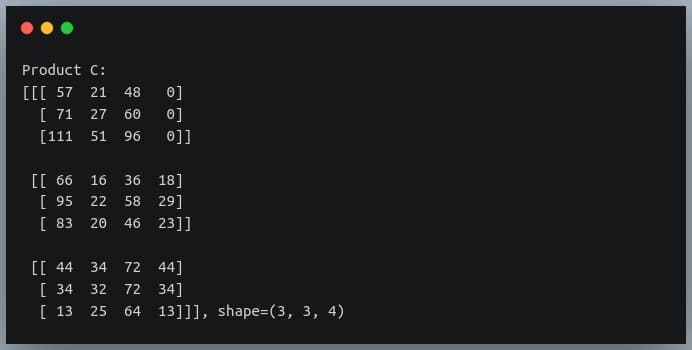
20 Examples For Numpy Matrix Multiplication Like Geeks
This is equivalent to but faster than the following use of ndindex and s_ which sets each of ii jj and kk to a tuple of indices.

Numpy array multiply along axis. Raise ValueErrorA and B must have the same length along the given axis Expand the B according to axis. Now I would like to multiply the. Import numpy as np Given axis along which elementwise multiplication with broadcasting is to be performed given_axis 1 Create an array which would be used to reshape 1D array b to have singleton dimensions except for the given axis where we would put -1 signifying to use the entire length of elements along that axis dim_array npones1andimintravel dim_arraygiven_axis -1 Reshape b with dim_array and perform elementwise multiplication with broadcasting along.
In our example the shape is equal to 6 3 ie. This is equivalent to but faster than the following use of ndindexand. Multiply x1 x2 array 0 1 4 0 4 10 0 7 16 The operator can be used as a shorthand for npmultiply on ndarrays.
Axis 1 Direction along with columns Axis 1 is called the second axis of multidimensional Numpy arrays. Execute func1da args kwargs where func1d operates on 1-D arrays and a is a 1-D slice of arr along axis. Reshaping flipping the array a.
C nptile A M 1B. If you want the other axis you could transpose everything. A nparray 1 2 3 4 In 10.
Syntax numpyamax The syntax of numpyamax function is given below. M c npnewaxis array 0 0 0. If axis is a tuple of ints a product is performed on all of the axes specified in the tuple instead of a single axis or all the axes as before.
Vector v along a given axis of a. Numpyapply_over_axesfunc a axes source Apply a function repeatedly over multiple axes. We have 6 lines and 3.
Raise AxisErroraxis Andim if Ashapeaxis Bsize. X1 np. Execute func1d a args kwargs where func1d operates on 1-D arrays and a is a 1-D slice of arr along axis.
C npzeros MN for m in range M. The dtype of a is used by default unless a has an integer dtype of less precision than the default platform integer. Numpyput_along_axisarr indices values axis source Put values into the destination array by matching 1d index and data slices.
The shape of this array is a tuple with the number of elements per axis dimension. A nparrayA B nparrayB shape check if axis Andim. Basically out i a i b i where a ishape is 2 and b i then is a scalar.
As a result Axis 1 sums horizontally along with the columns of the arrays. Import numpy as np from numpycore_internal import AxisError def multiply_along_axisA B axis. This iterates over matching 1d slices oriented along the specified axis in the index and data arrays and uses the former to place.
A nprandomrandom 23 x npzeros 2 a x Fails because not broadcastable. Import numpy as np m nparray123456789 c nparray012 m c array 0 2 6 0 5 12 0 8 18 If you add an axis it will multiply the way you want. It performs row-wise operations.
Max_value numpyamaxarr axis. Numpymaapply_along_axisfunc1d axis arr args kwargssource Apply a function to 1-D slices along the given axis. The above Numpy axis description is only for 2D and multidimensional arrays.
Basically something like this. This iterates over matching 1d slices oriented along the specified axis in the index and data arrays and uses the former to look up. One dimension has length x as well.
Numpytake_along_axisarr indices axis source Take values from the input array by matching 1d index and data slices. Apply a function to 1-D slices along the given axis. What Im trying to do is to element-wise multiply each column of B axis 1 by A.
Apply_along_axis func1d axis arr args kwargs source Apply a function to 1-D slices along the given axis. You can also rely on the broadcasting rules to repeat-fill a re-sized array. A npsum a axis0 Out 10.
Execute func1da argswhere func1doperates on 1-D arrays and ais a 1-D slice of arralong axis. The type of the returned array as well as of the accumulator in which the elements are multiplied. Import numpy X numpyrandomrand94 Y numpyresizeX409694 If you dont like the axes ordered this way you can then transpose.
This is equivalent to but faster than the following use of ndindex and s_ which sets each of ii jj and kk to a tuple of indices. The result res of the function call must have either the same dimensions as a or one less dimension. To get the maximum value of a Numpy Array along an axis use numpy.
Reshape 3 3 x2 np. Arange 30 np. Array 025 033333333 075 066666667 If ive interpreted correctly.
Func is called as res func a axis where axis is the first element of axes.
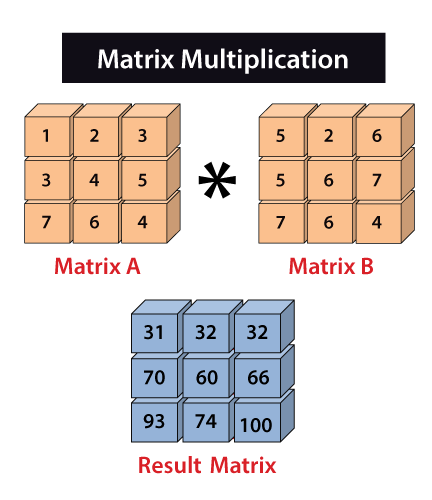
Numpy Matrix Multiplication Javatpoint

Python Numpy Tutorial An Applied Introduction For Beginners Learndatasci
Numpy Matrix Multiplication Numpy V1 17 Manual Updated

Numpy The Absolute Basics For Beginners Numpy V1 21 Manual
Numpy Fundamentals For Data Science And Machine Learning
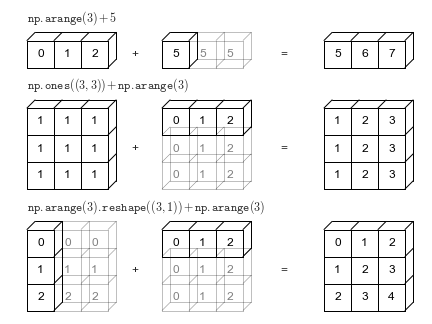
13 More Numpy Plus Linear Algebra Fundamentals Che 696 On Ramp To Data Science 0 1 Documentation
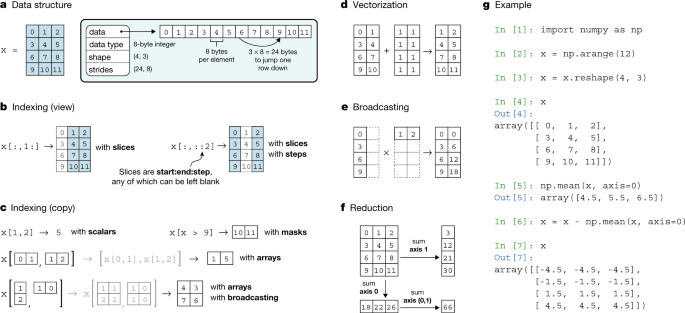
Array Programming With Numpy Nature

Numpy The Absolute Basics For Beginners Numpy V1 21 Manual
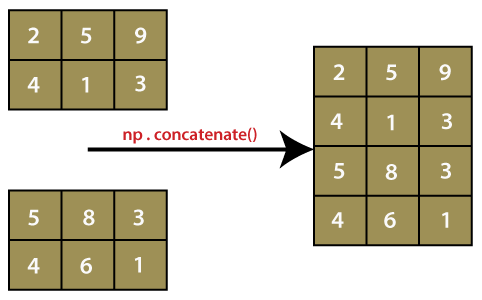
Numpy Concatenate In Python Javatpoint
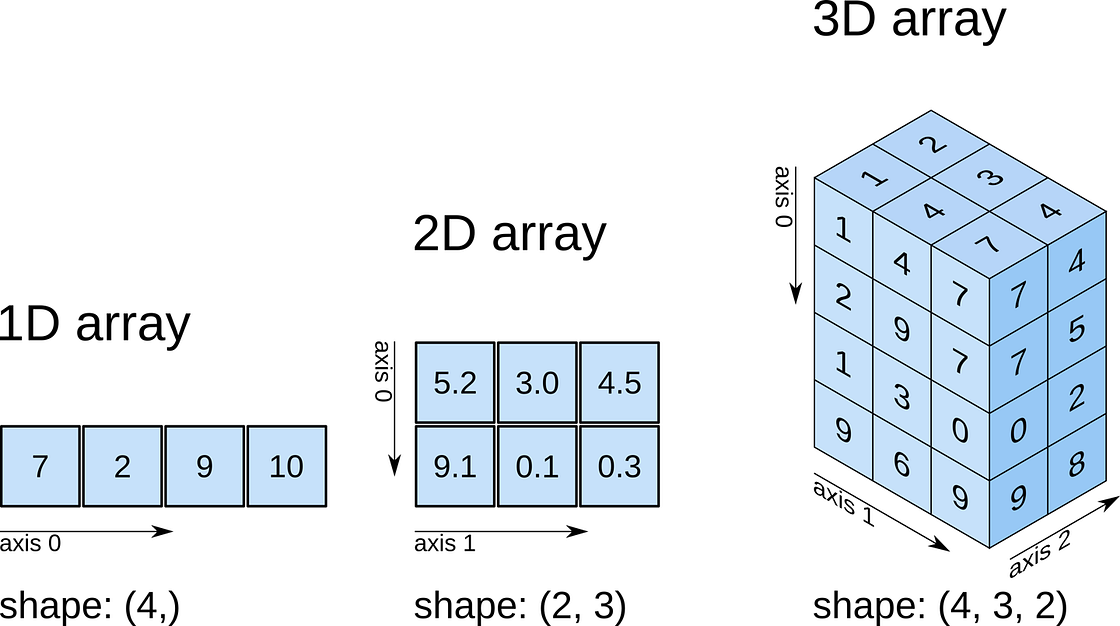
2 Manipulating And Plotting Data In Python Numpy And Matplotlib Libraries Ucl Geography Level 7 Course Scientific Computing 1 0 Documentation
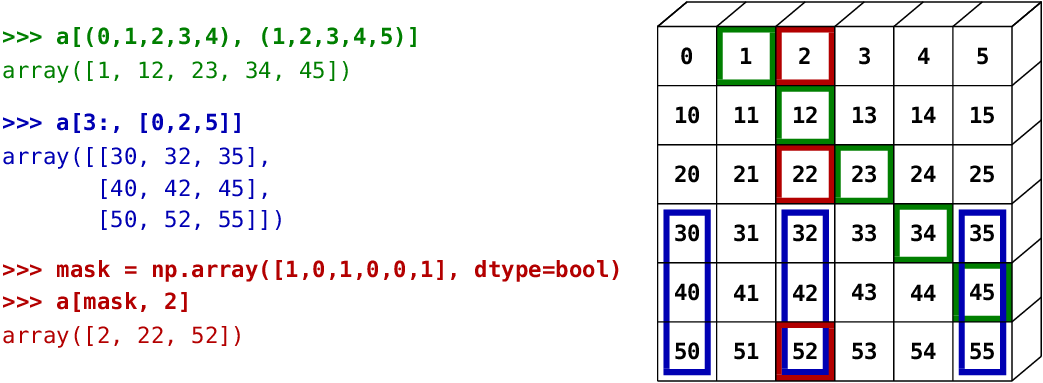
27 Numpy Operations For Beginners By Parijat Bhatt Towards Data Science

How To Calculate The Average Of A Numpy 2d Array Finxter
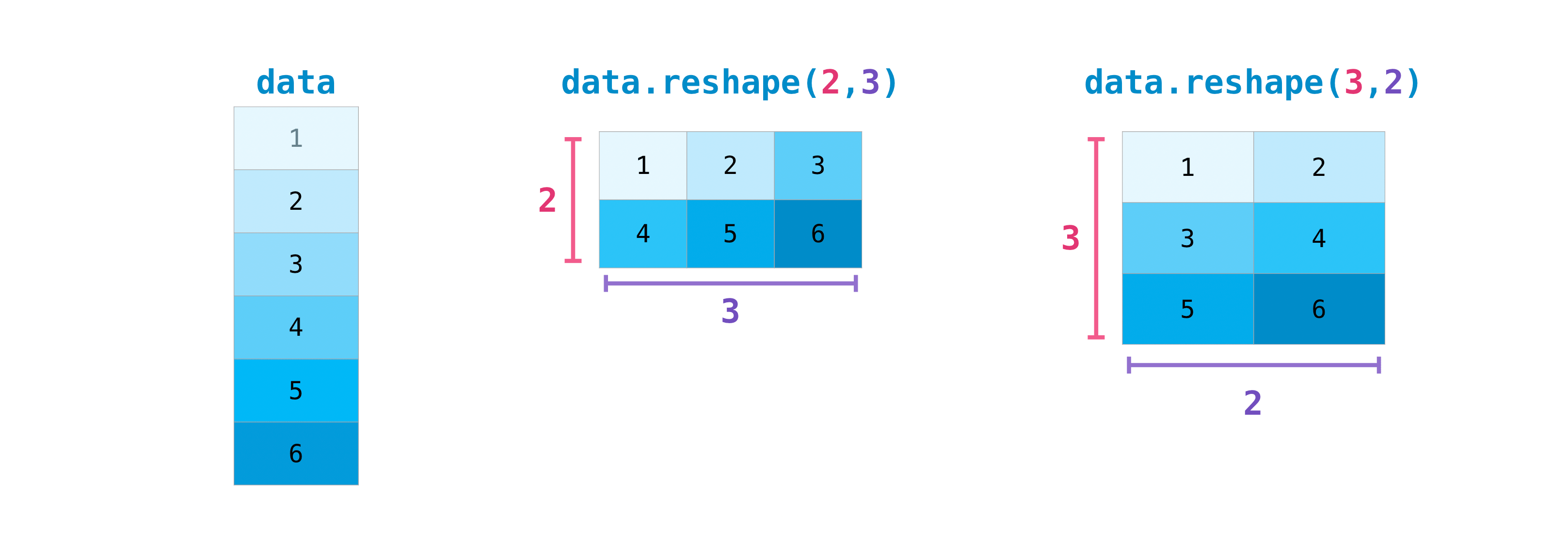
Numpy The Absolute Basics For Beginners Numpy V1 21 Manual

Numpy Matrix Multiplication Numpy V1 17 Manual Updated

How To Calculate The Standard Deviation In Numpy Finxter

How To Implement The General Array Broadcasting Method From Numpy Mathematica Stack Exchange

Numpy The Absolute Basics For Beginners Numpy V1 21 Manual
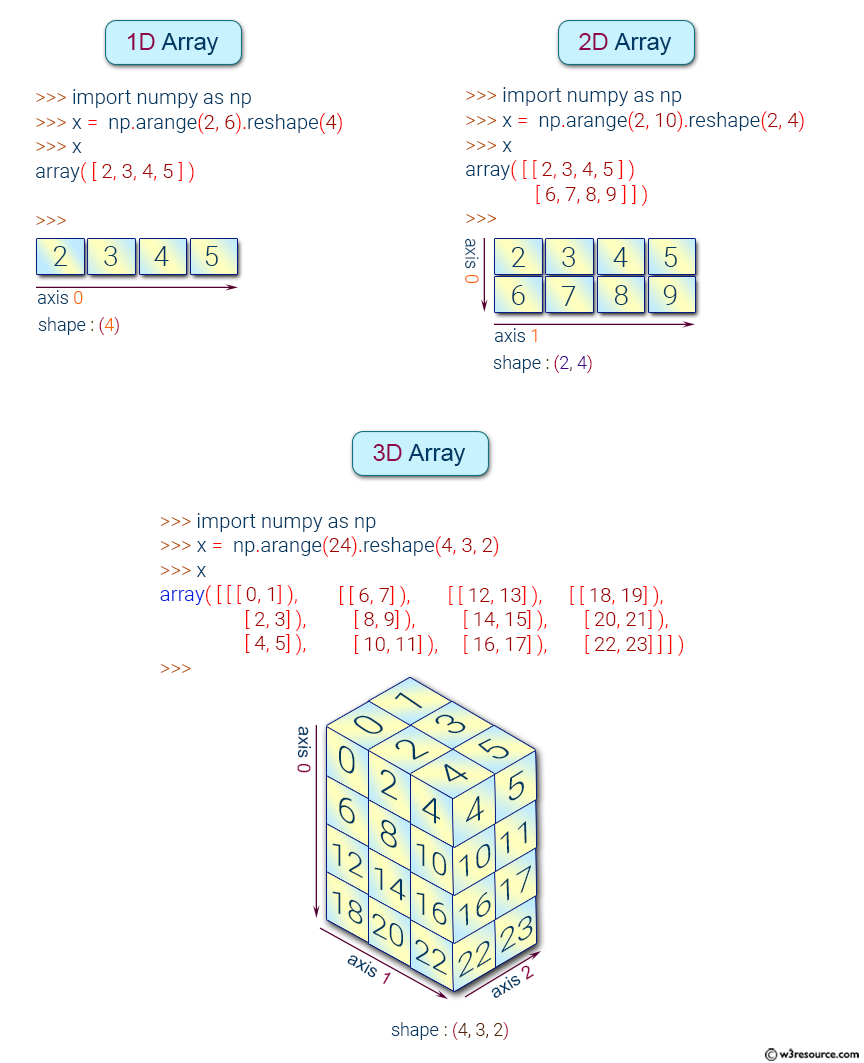
Numpy Array Object Exercises Practice Solution W3resource
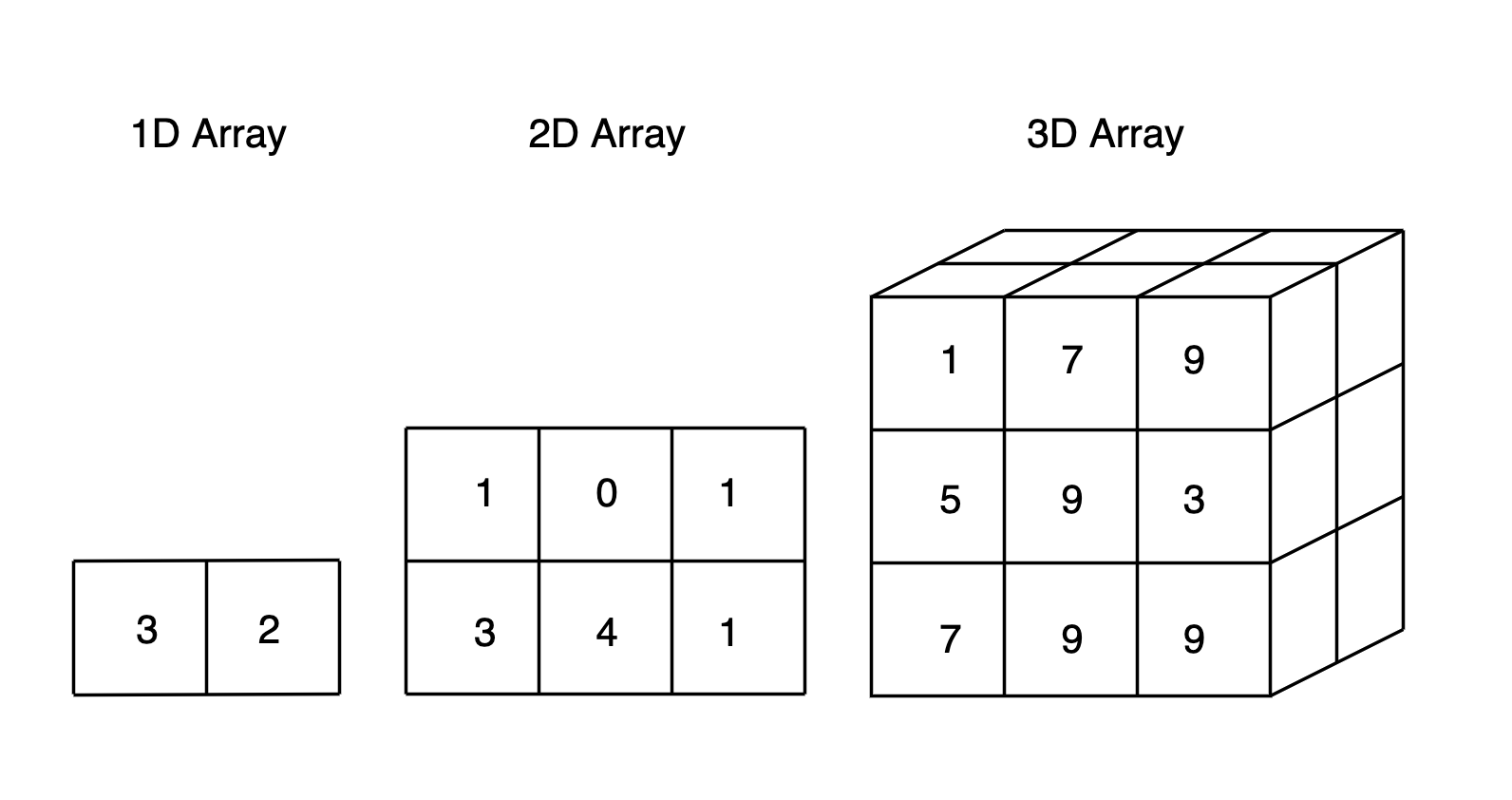
Numpy Array Cookbook Generating And Manipulating Arrays In Python By Chris The Data Guy Towards Data Science